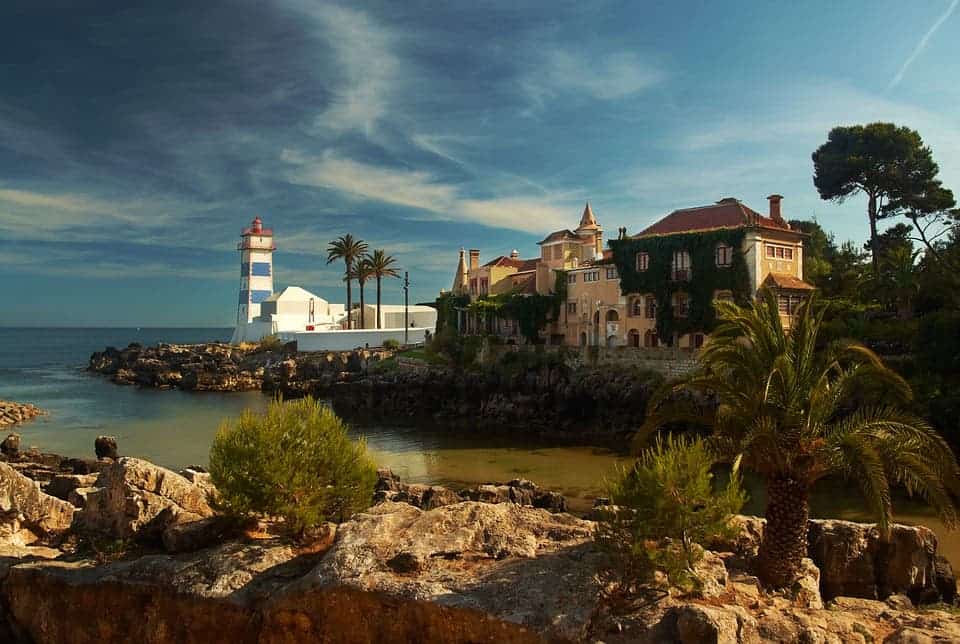Unbeknownst to many, Portugal has become a leader in terms of renewable energy production. Thanks to its geographical location and ambitious, healthy policies, Portugal has consistently produced a sizeable part of its electricity through renewables. In March, massive rain brought a boom to renewable energy production, allowing the European country to produce more energy than it consumed through wind, solar, bioenergy, and hydro energy alone.

In 2013, renewables accounted for 25.7% of the country’s energy consumption. By 2016, that figure more than doubled, reaching 55.5%. In 2017, the figure dropped, largely due to a severe drought which affected the production of hydroelectricity. Now, the drought has ended, and hydroelectricity is pouring in.
According to Portuguese grid operator, REN, renewable energy output over the month reached 4,812GWh, surpassing the total energy needs, which are 4,647GWh.
“Last month’s achievement is an example of what will happen more frequently in the near future,” said the Portuguese Renewable Energy Association and the Sustainable Earth System Association in a report published last week.
“It is expected that by 2040 the production of renewable electricity will be able to guarantee, in a cost-effective way, the total annual electricity consumption of mainland Portugal.”
Of course, this is a reminder that sources of renewable energy can still fluctuate greatly, but even so, the overall trend is clear — Portugal is producing more and more clean energy, even though it is compensating here and there with fossil fuels. Essentially, the country has shown that 100% (or nearly 100%) clean energy production is not only possible, but achievable in a reasonable amount of time.
“There were some hours when thermal fossil power plants and/or imports were required to complement the electricity supply of Portugal,” the Portuguese Renewable Energy Association (APREN) reported. “These periods were nevertheless fully compensated by others of greater renewable production.”
It’s not the first time Portugal can brag about its renewable achievements. In 2016, Portugal ran on 100 percent renewable energy for 107 hours straight — for more than four days, the country was powered by solar, wind, and water (with minor contributions from bioenergy, geothermal, and wave power). The country also uses an interesting solution to address the matter of energy storage. Portugal combines wind and hydropower by using nighttime winds to pump water uphill. The water flows back through the generators when energy is needed — the so-called Pumped-storage hydroelectricity, which is also employed by stations in other countries.
Portugal also enjoys a useful distribution of renewable energy potential, with the most wind capacity being located in the north, and the most solar potential in the south. However, solar energy is lagging significantly behind wind and hydro energy, though several large-scale photovoltaic projects are currently underway.



